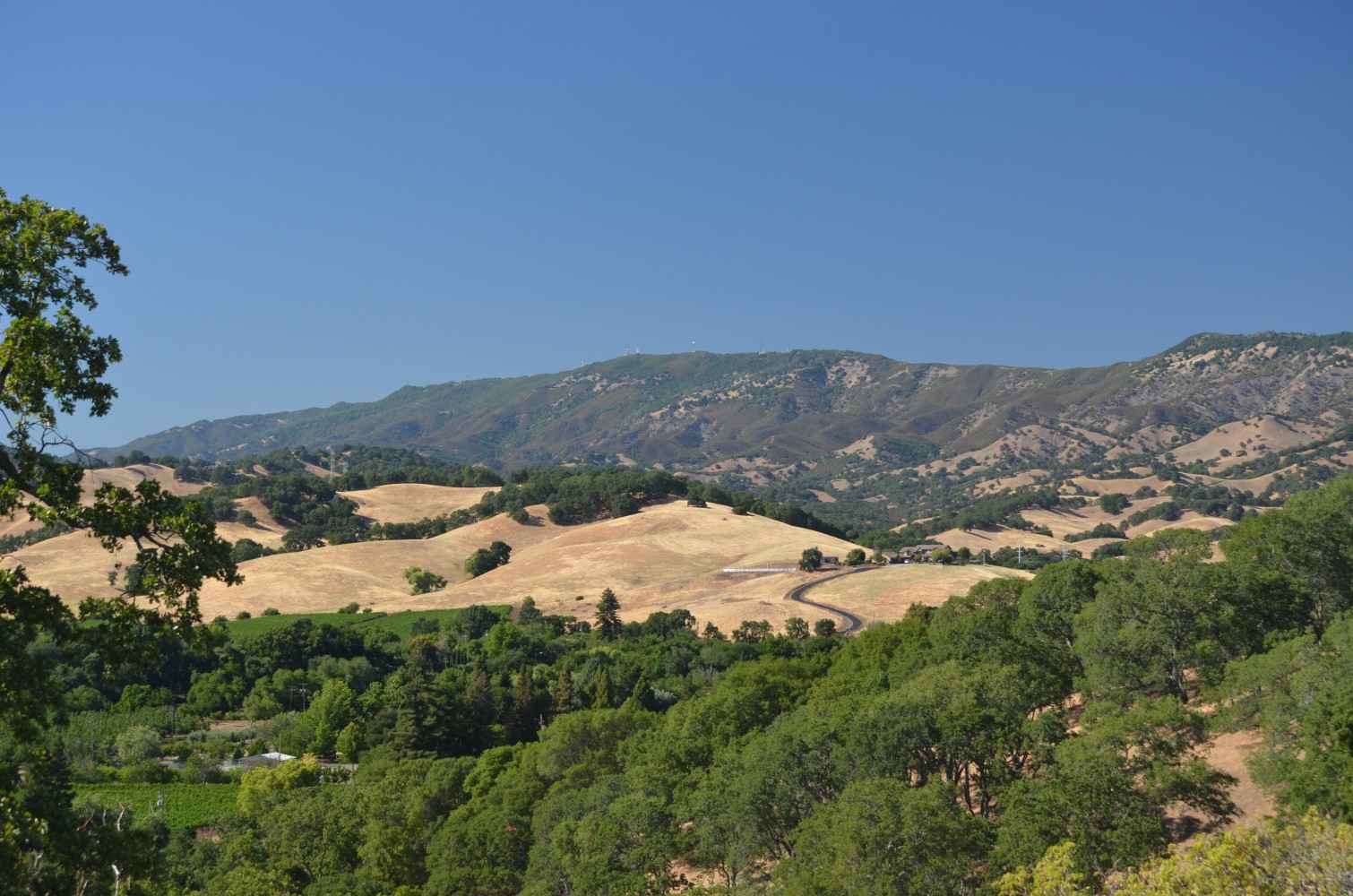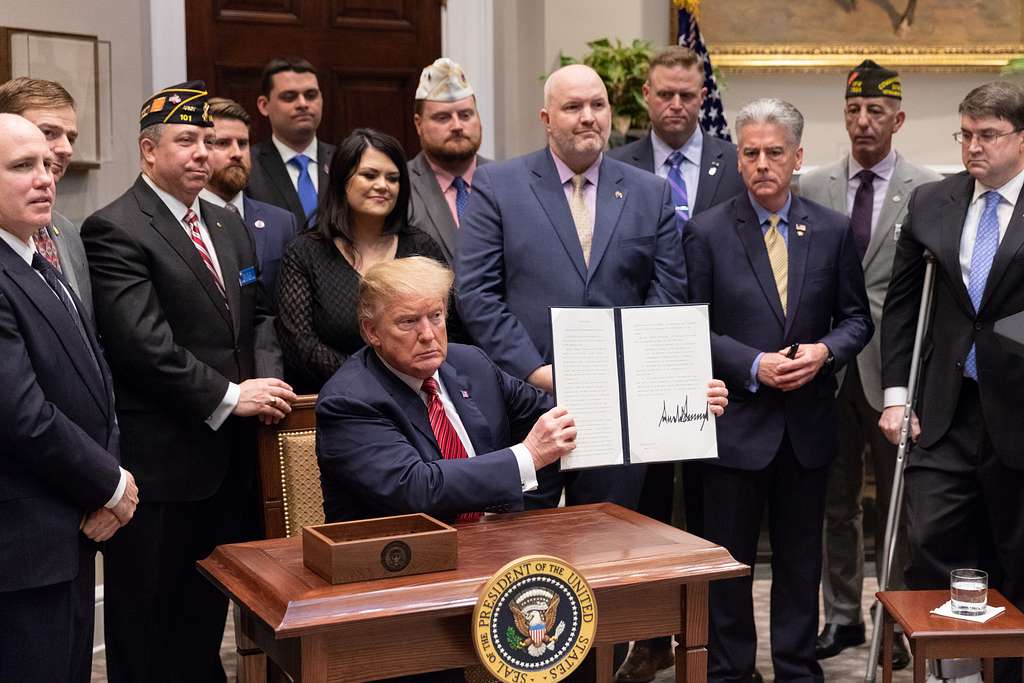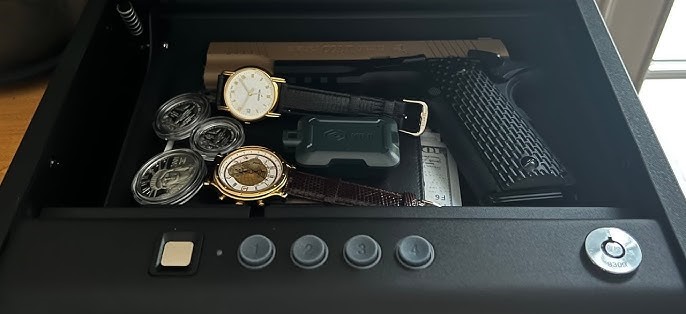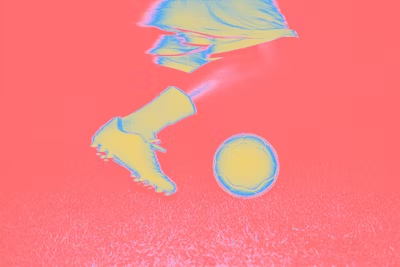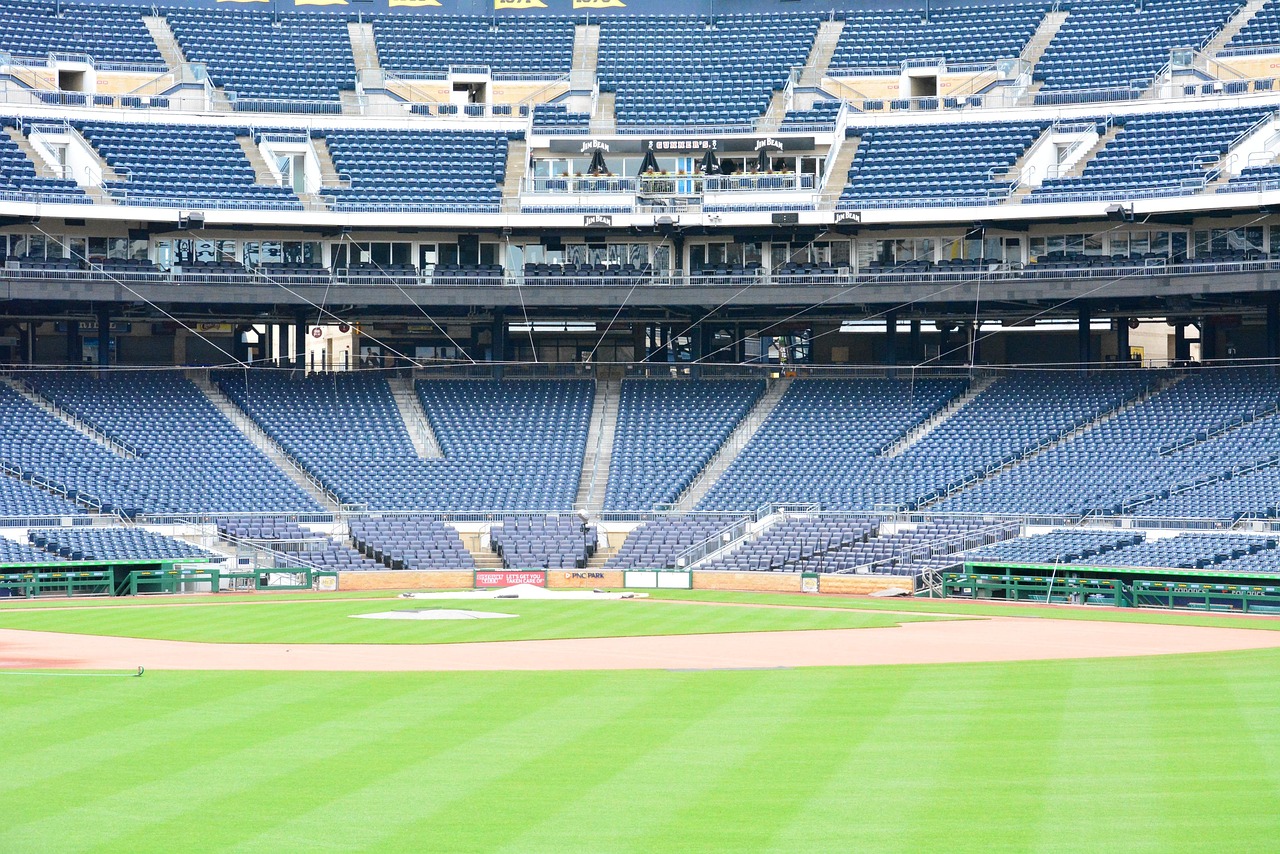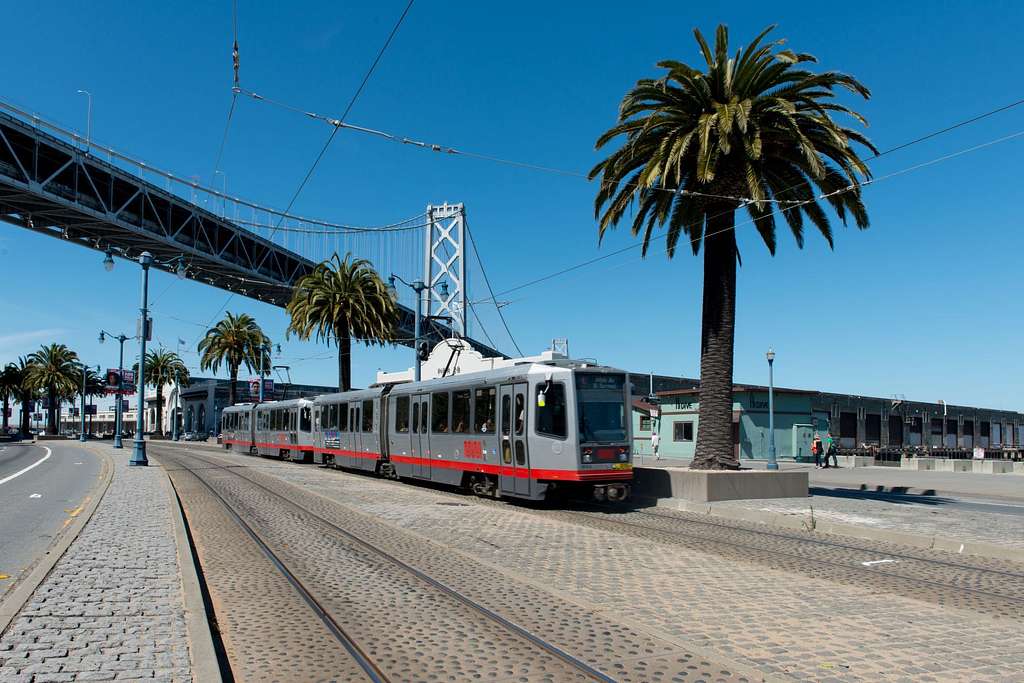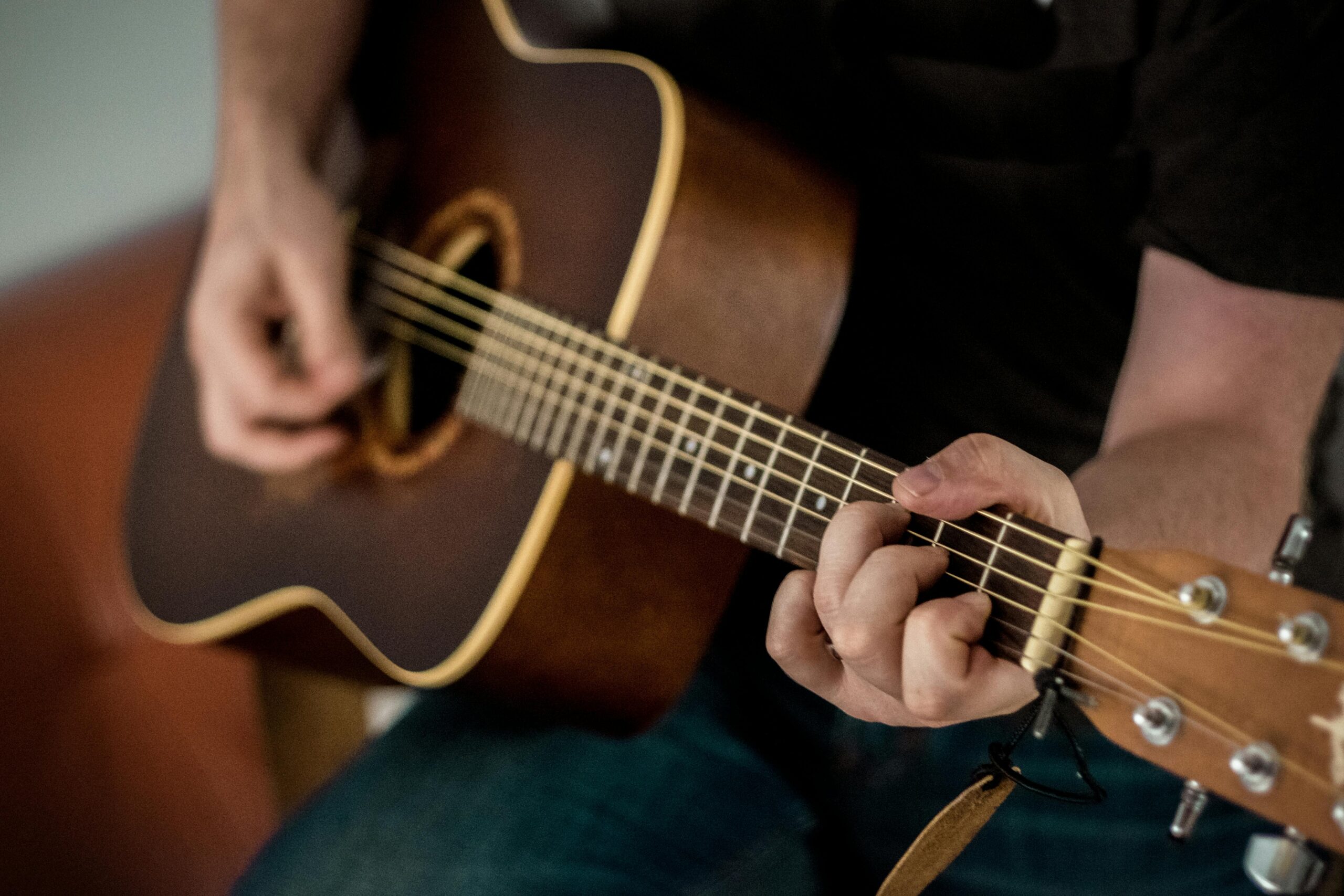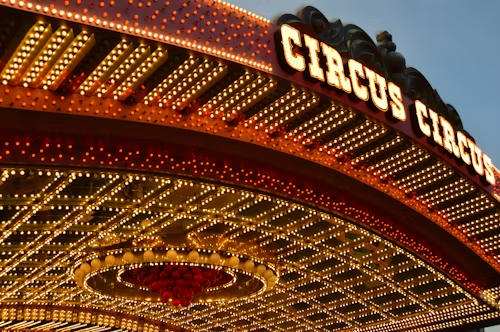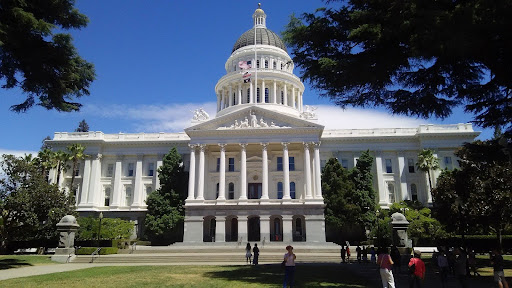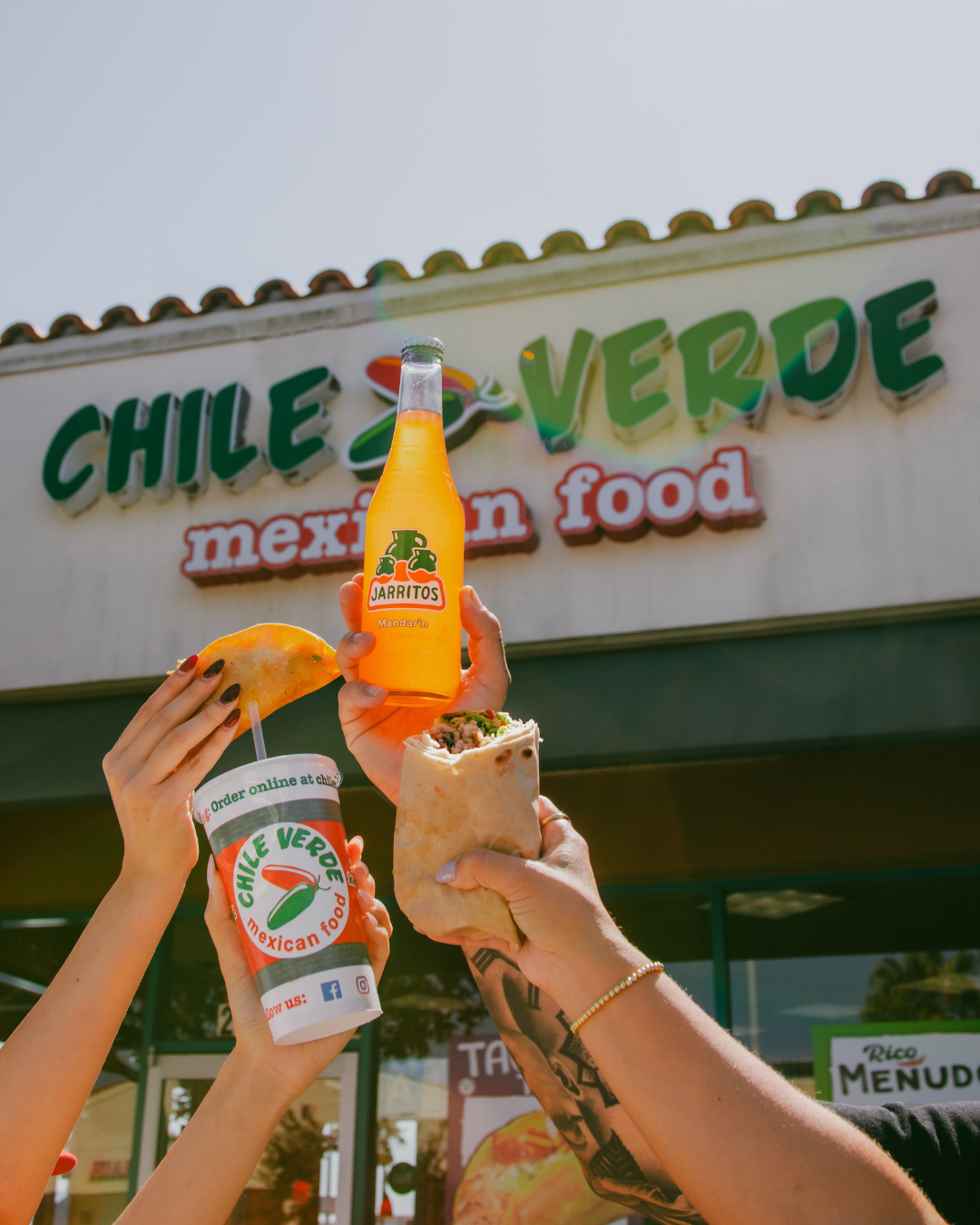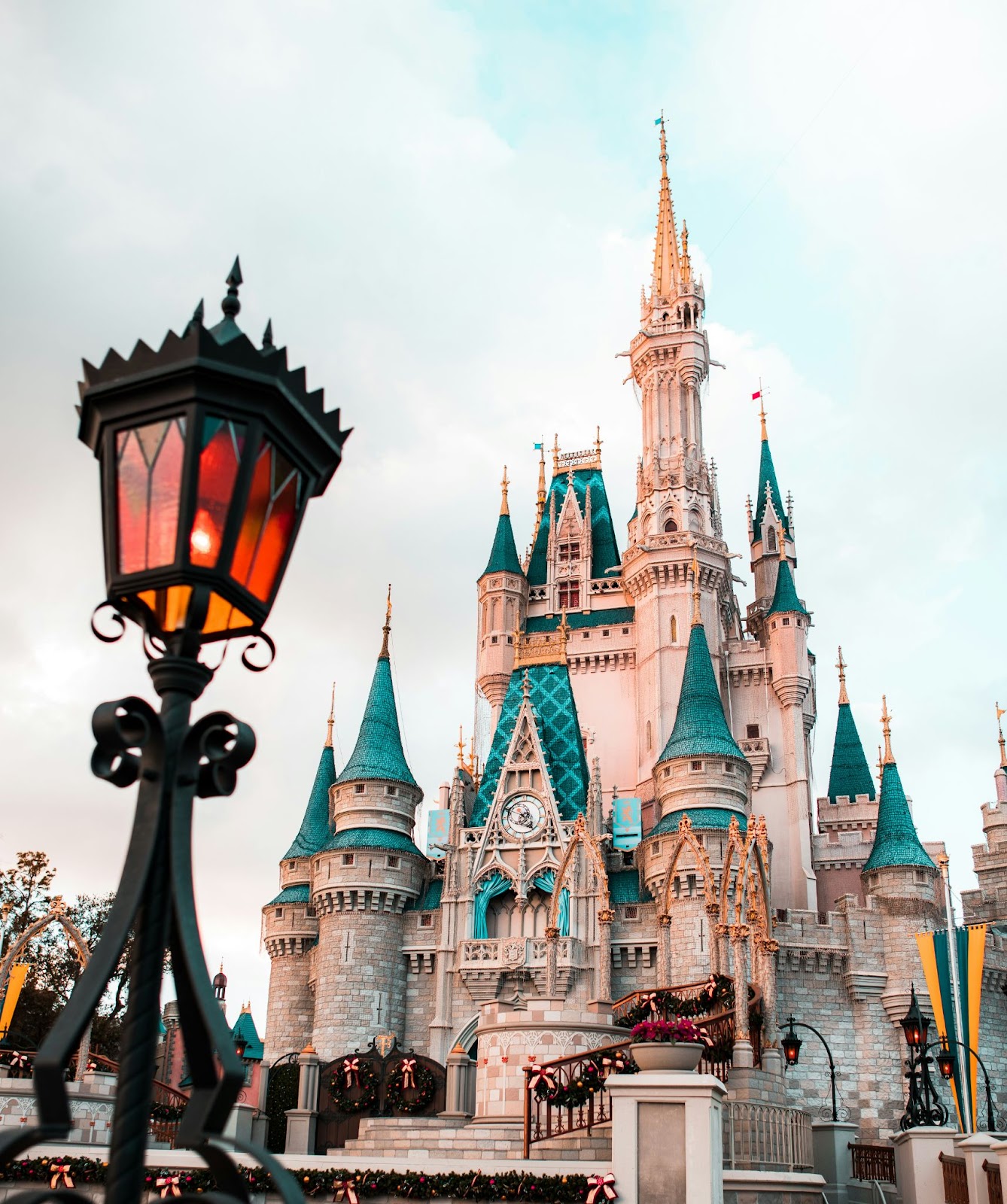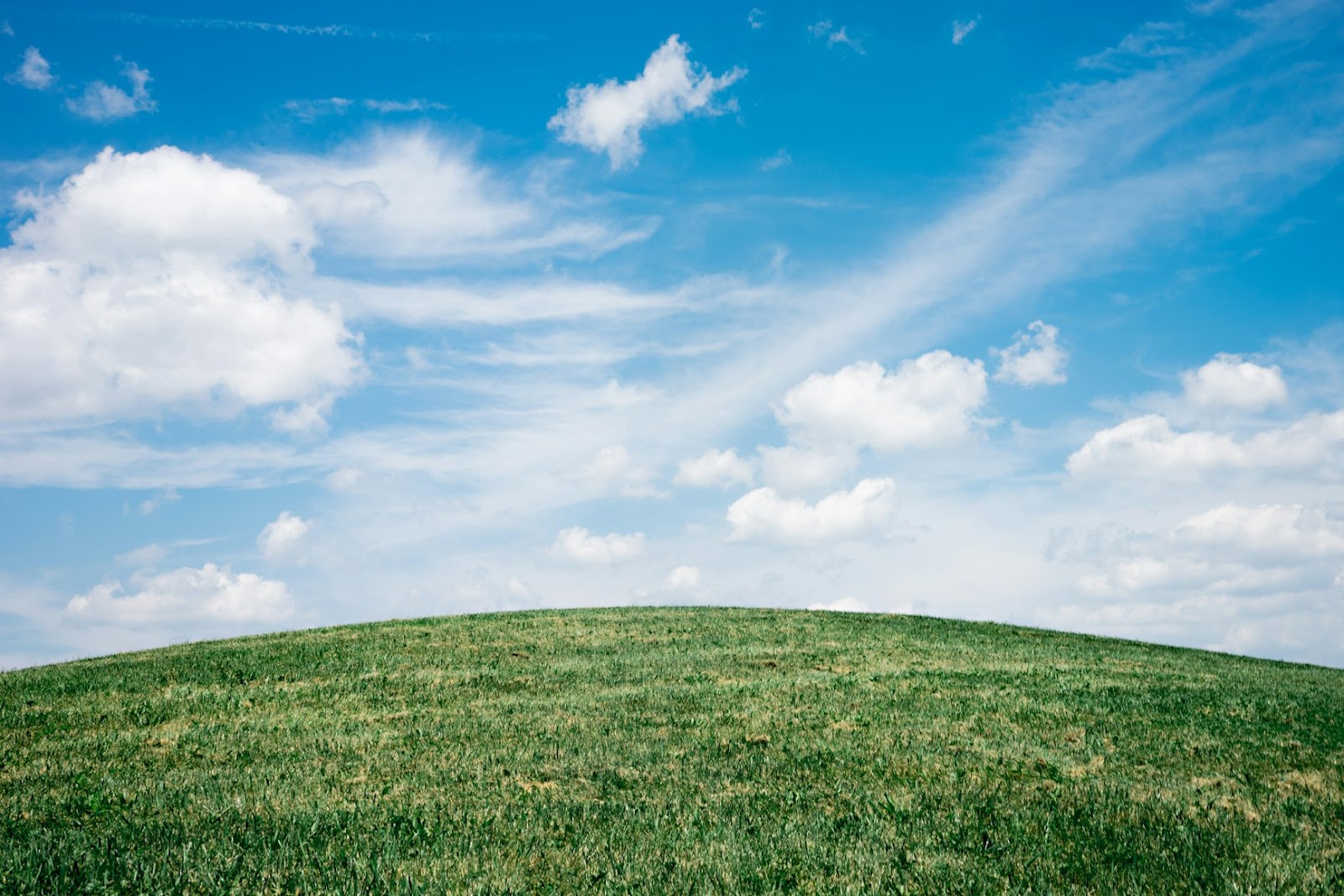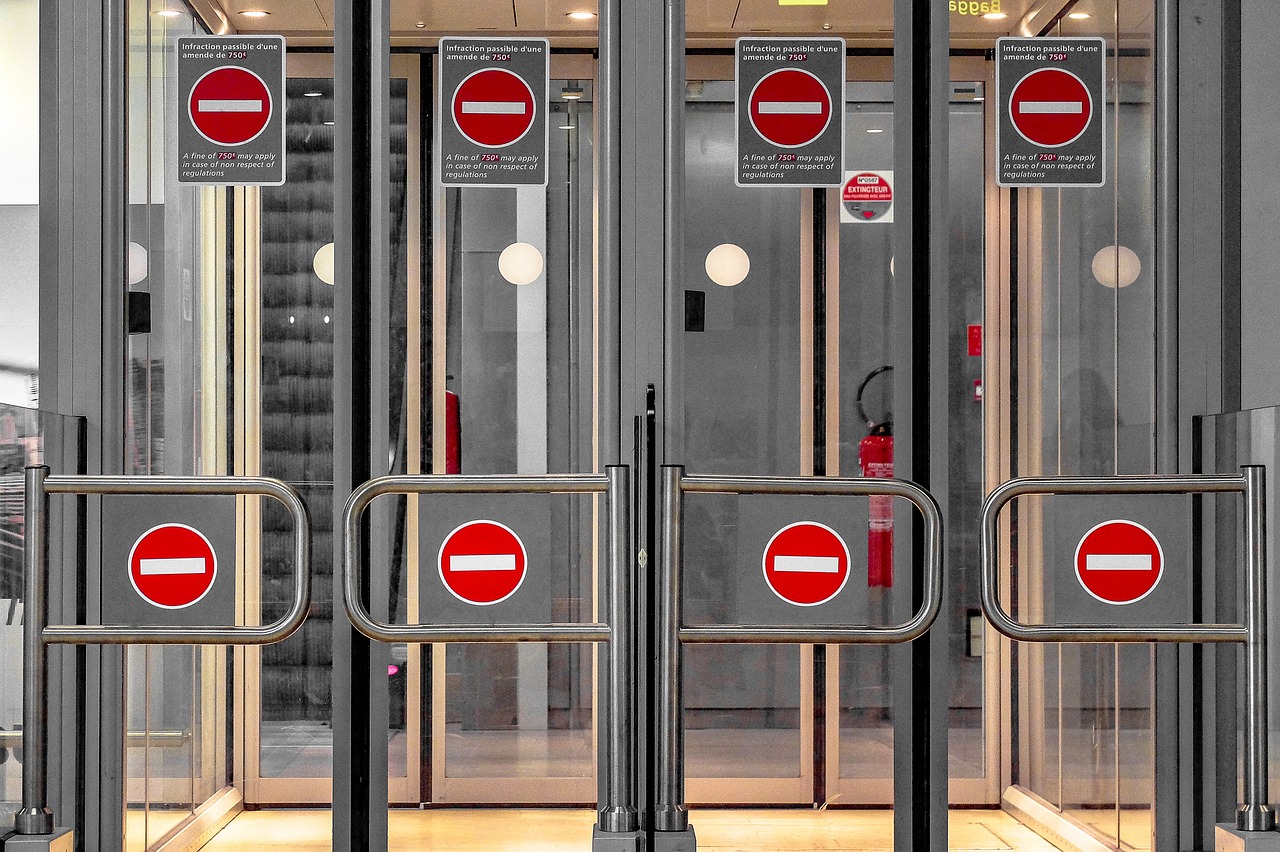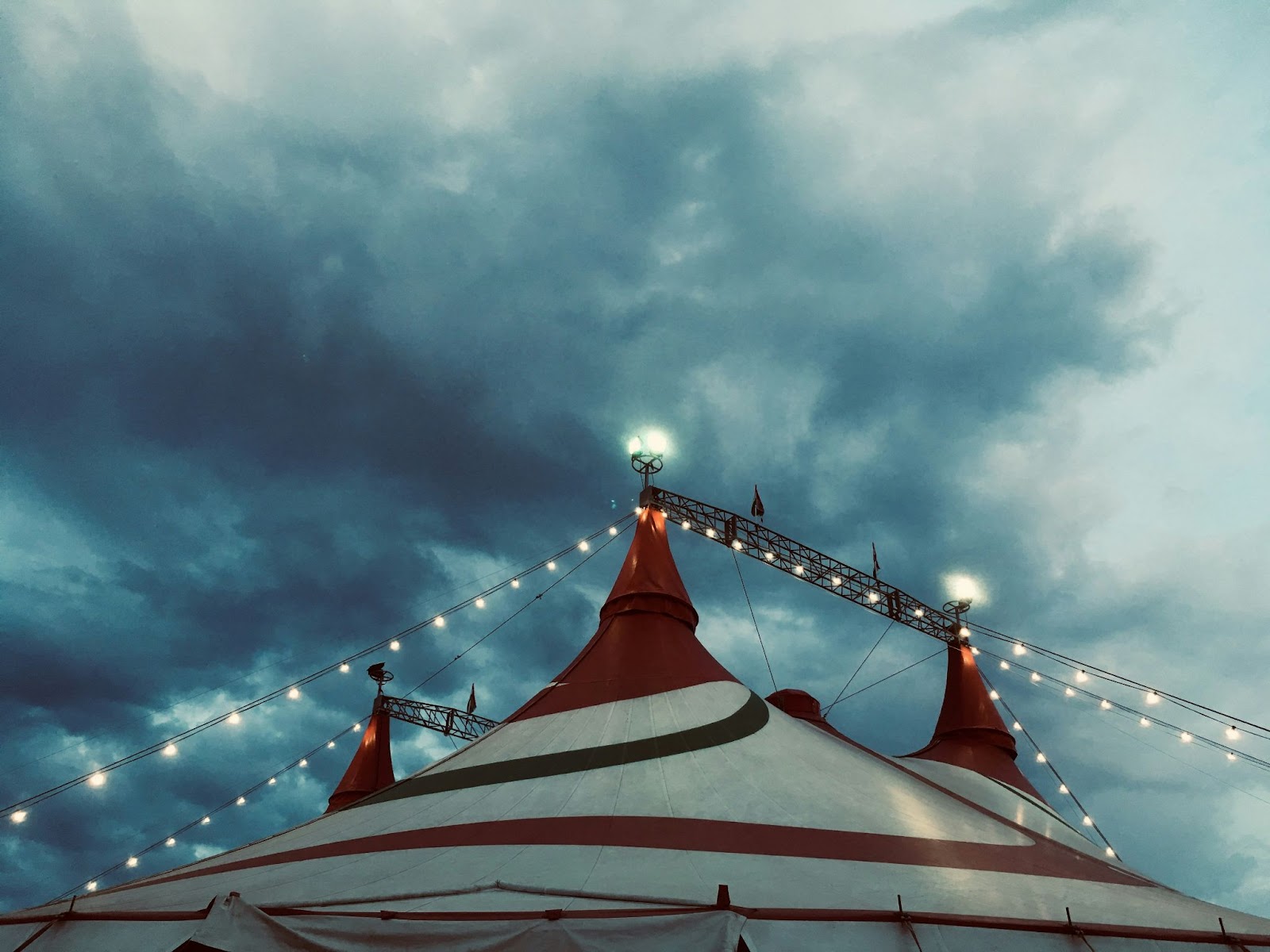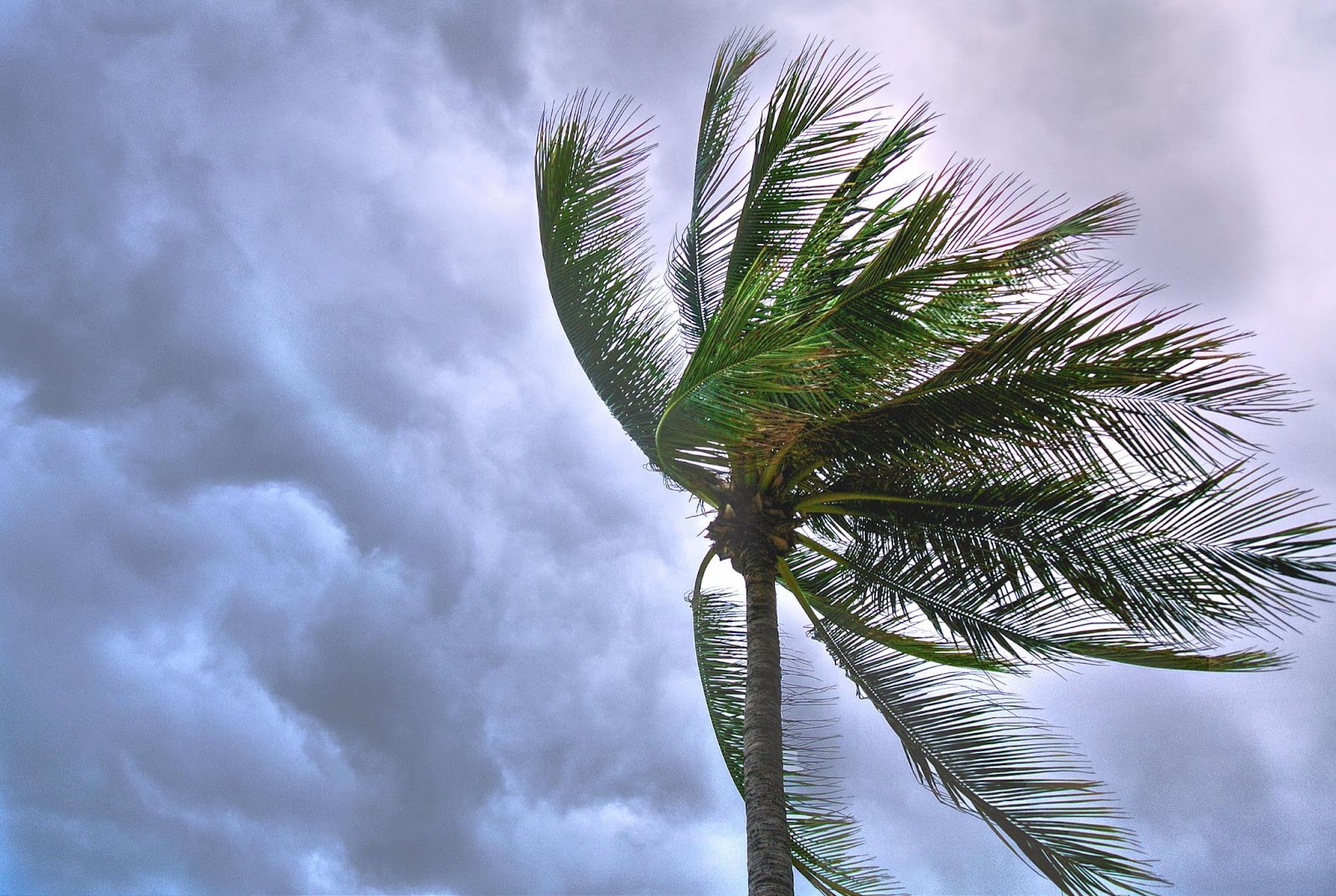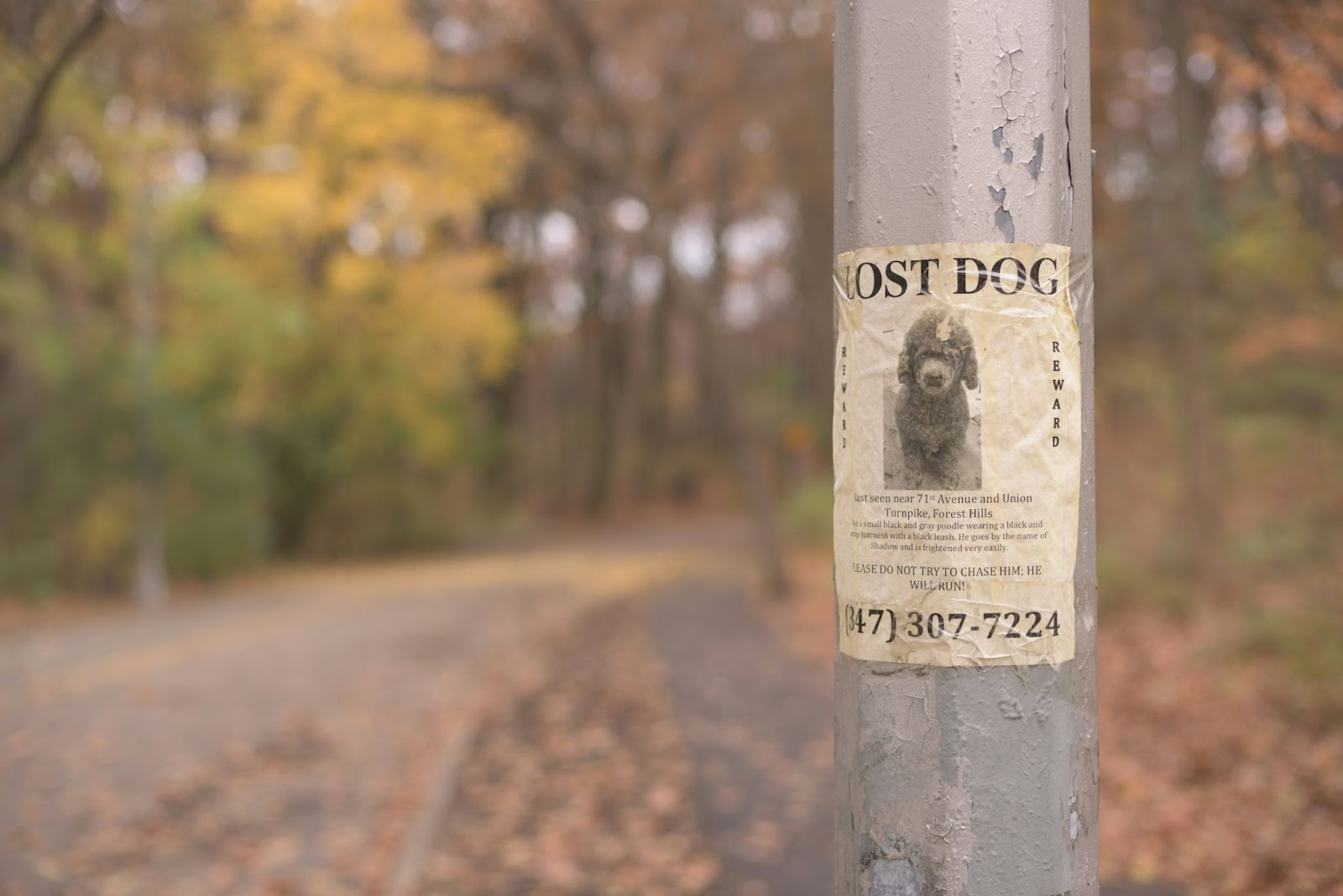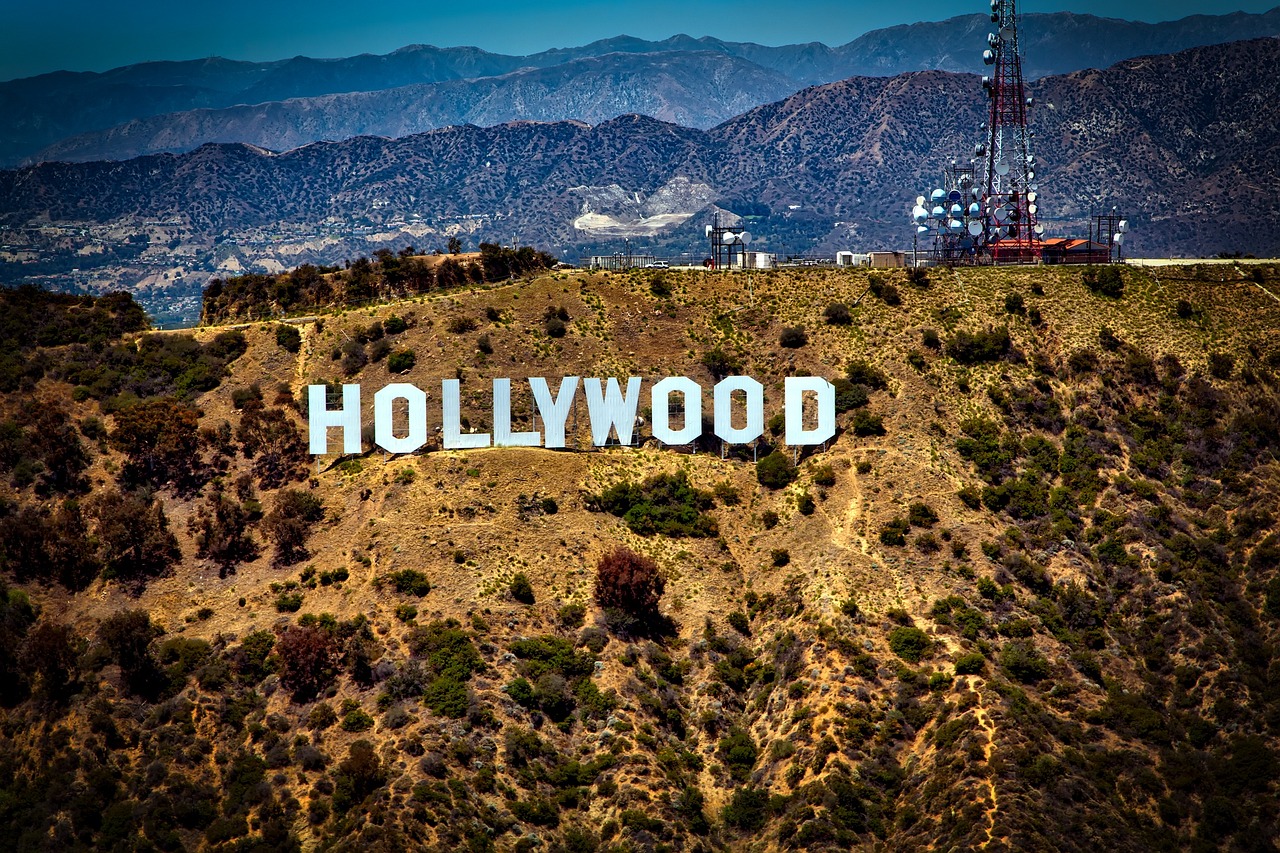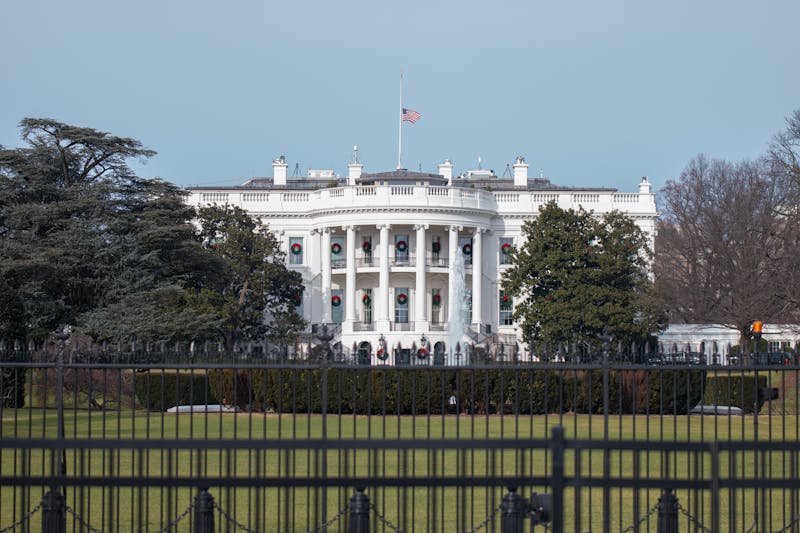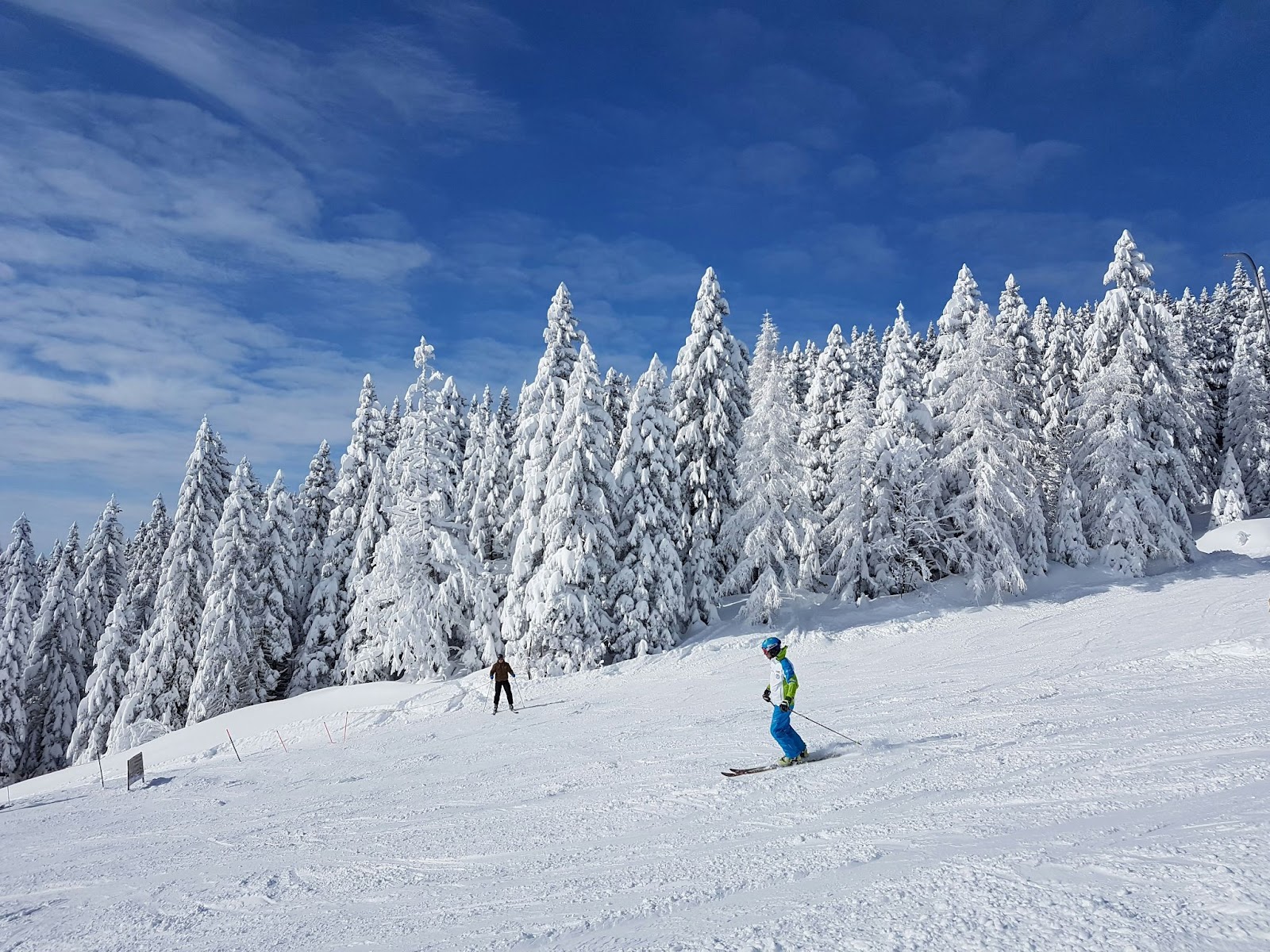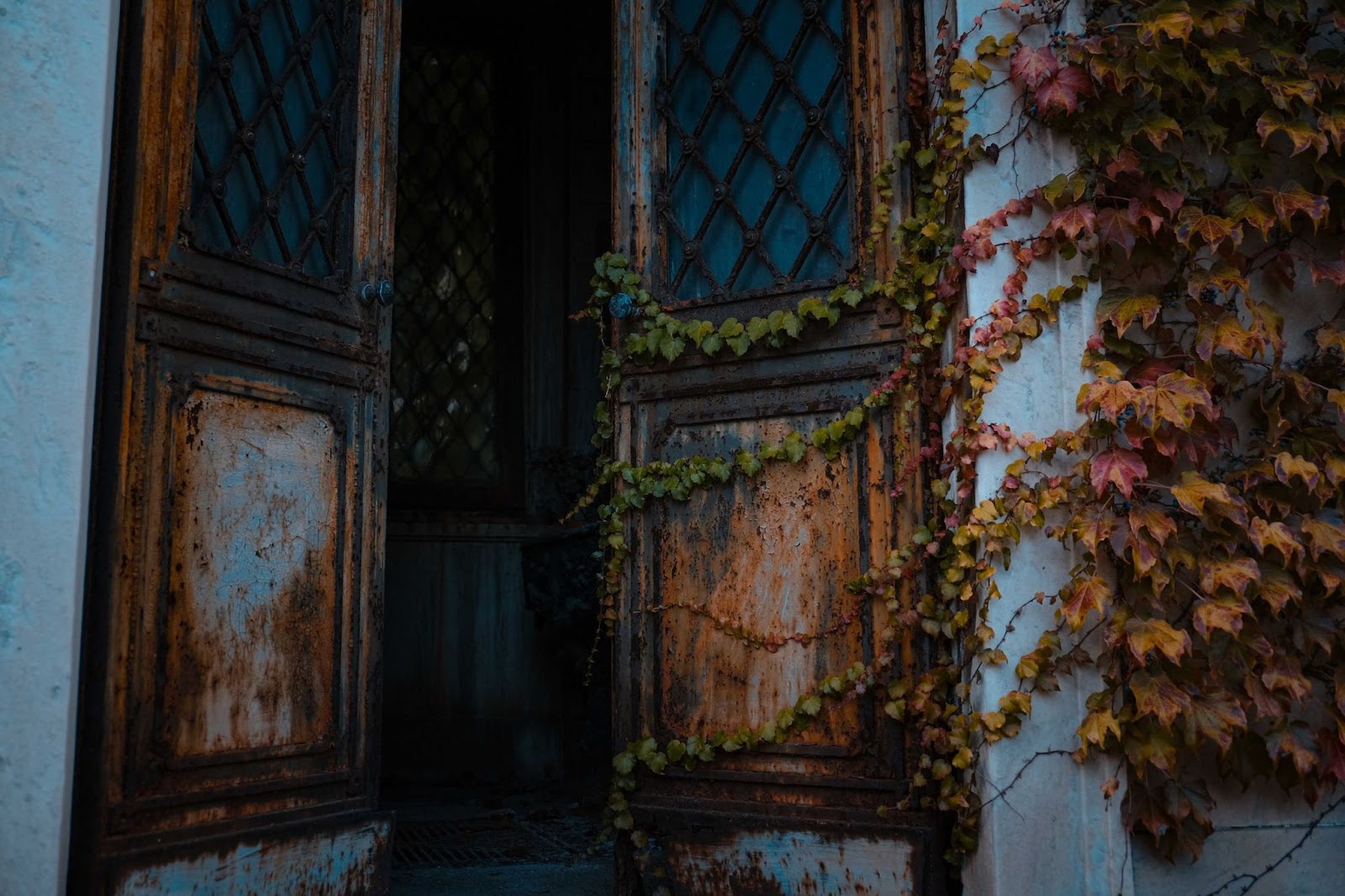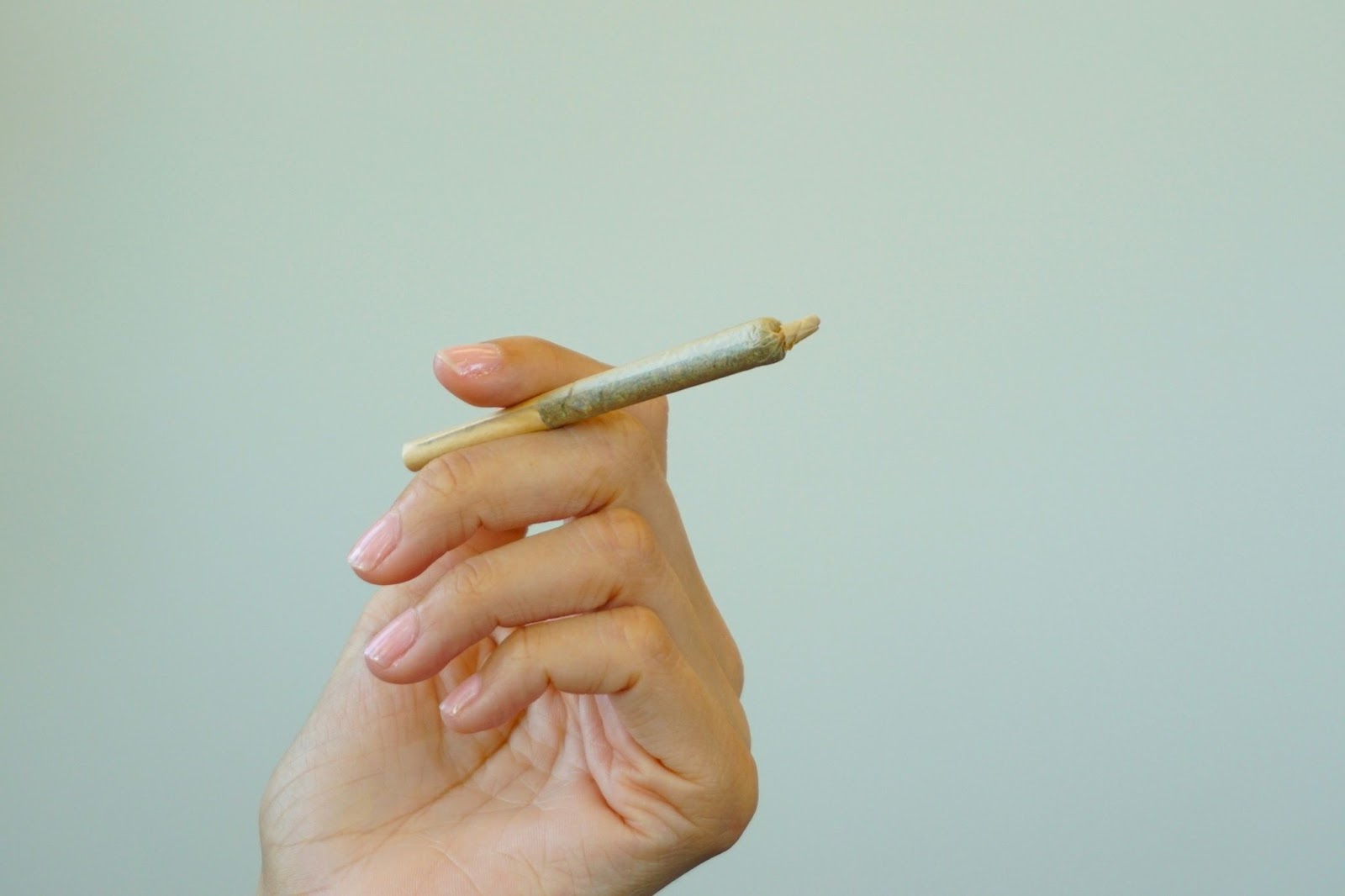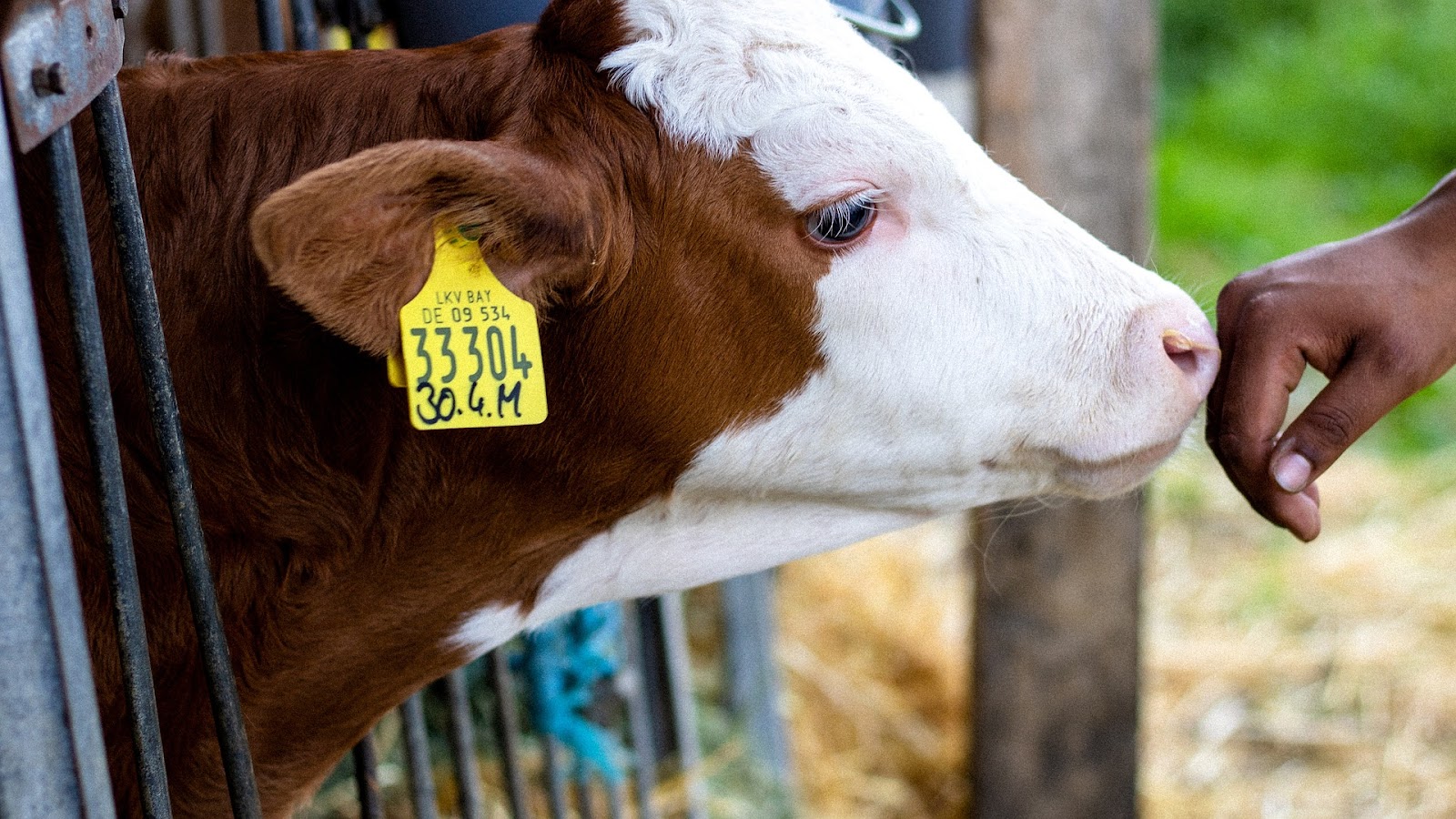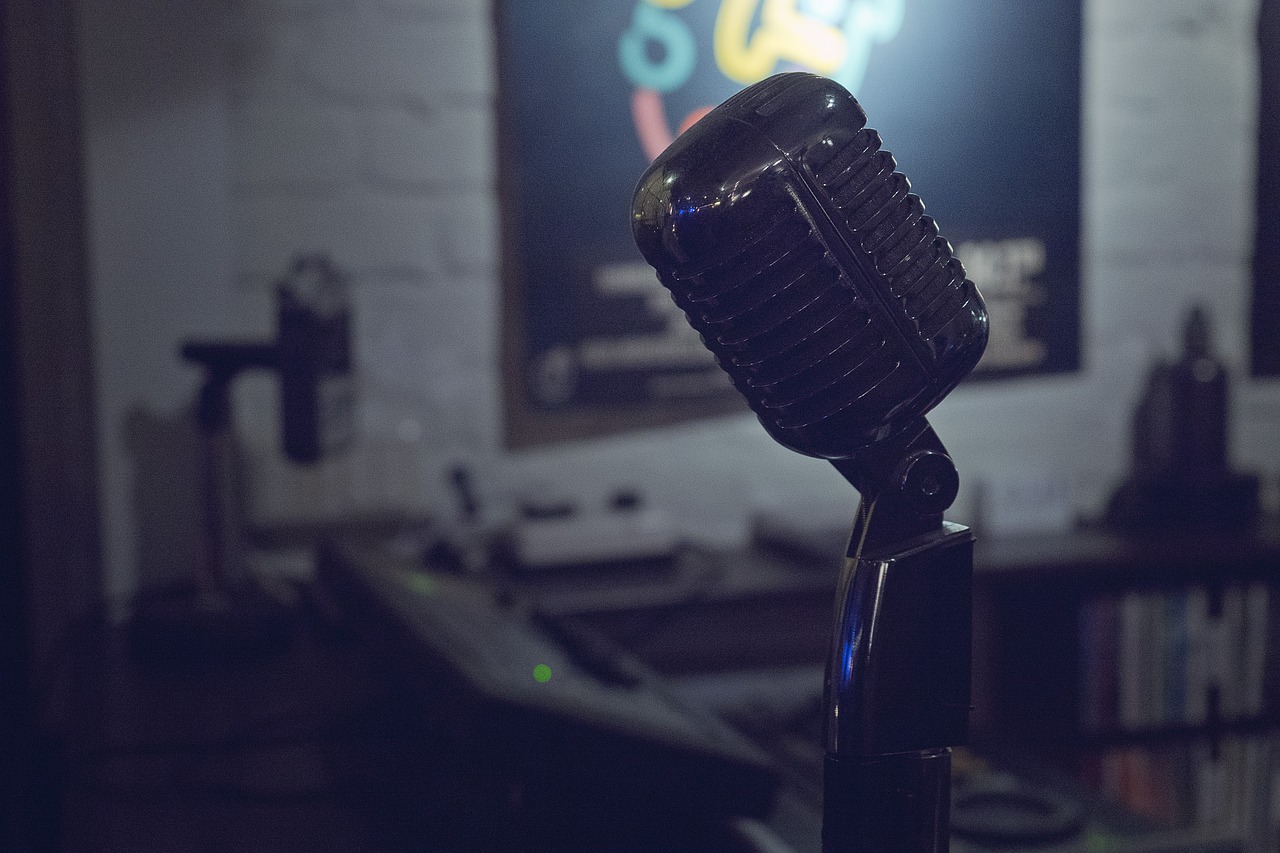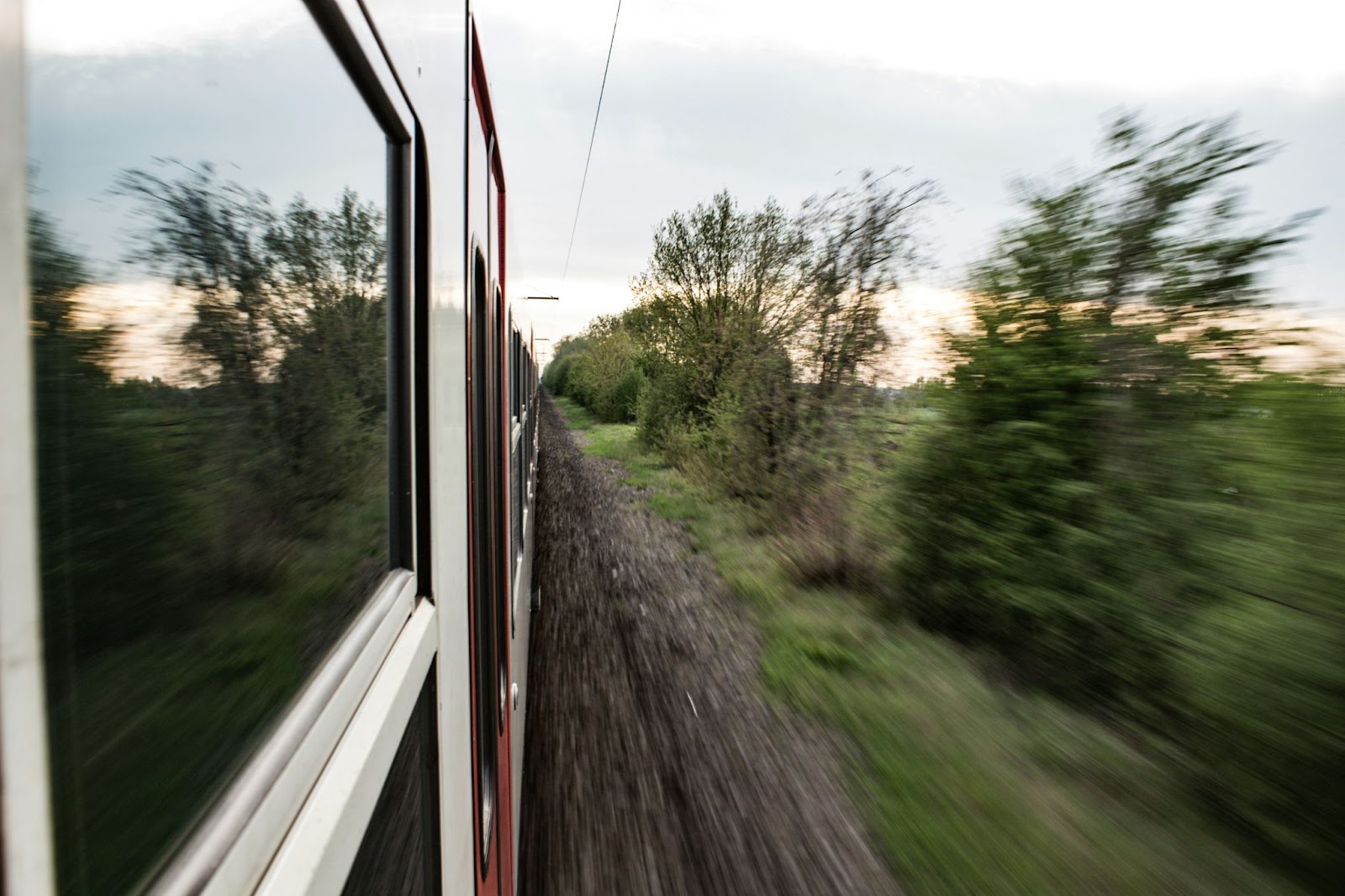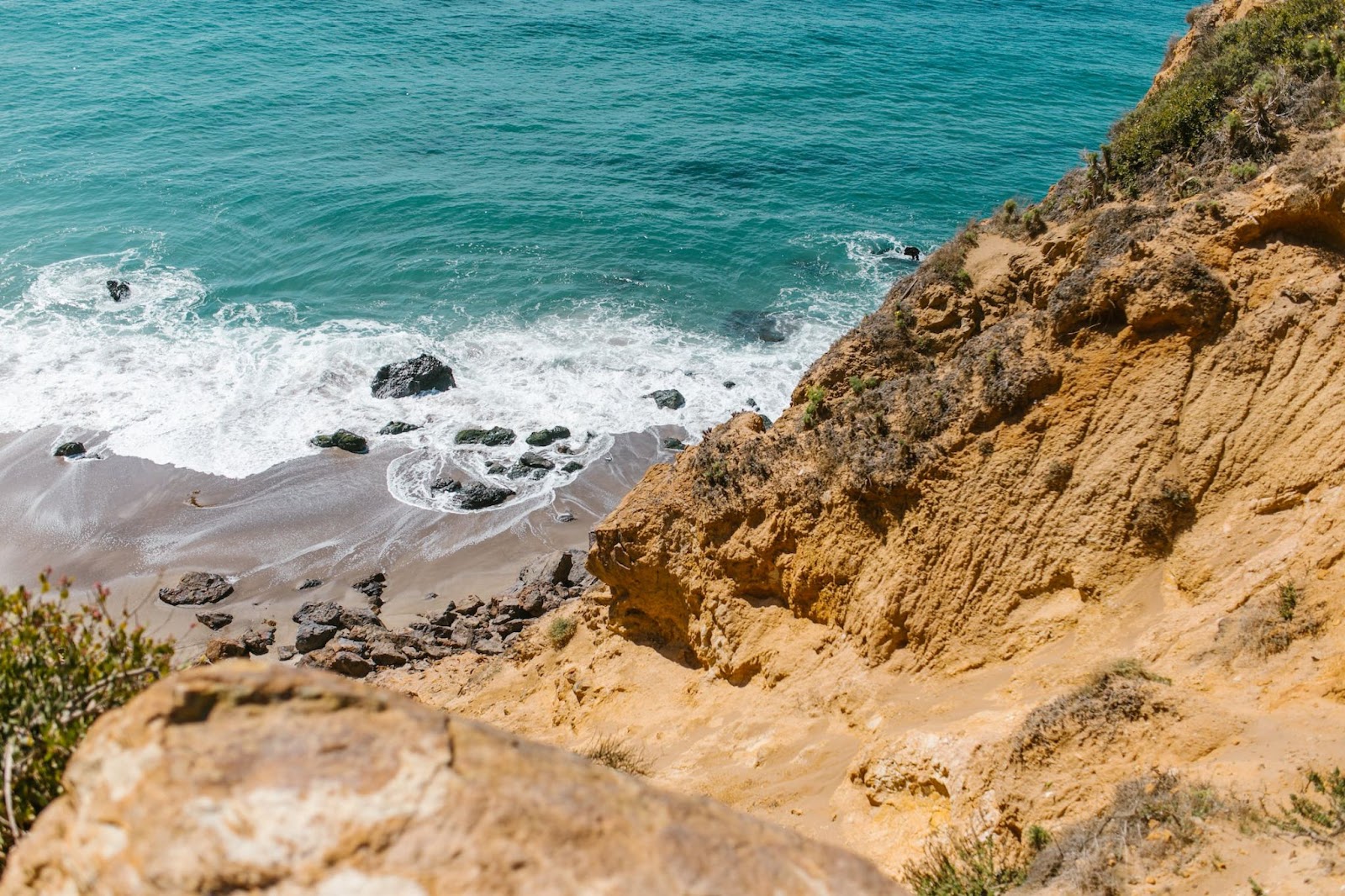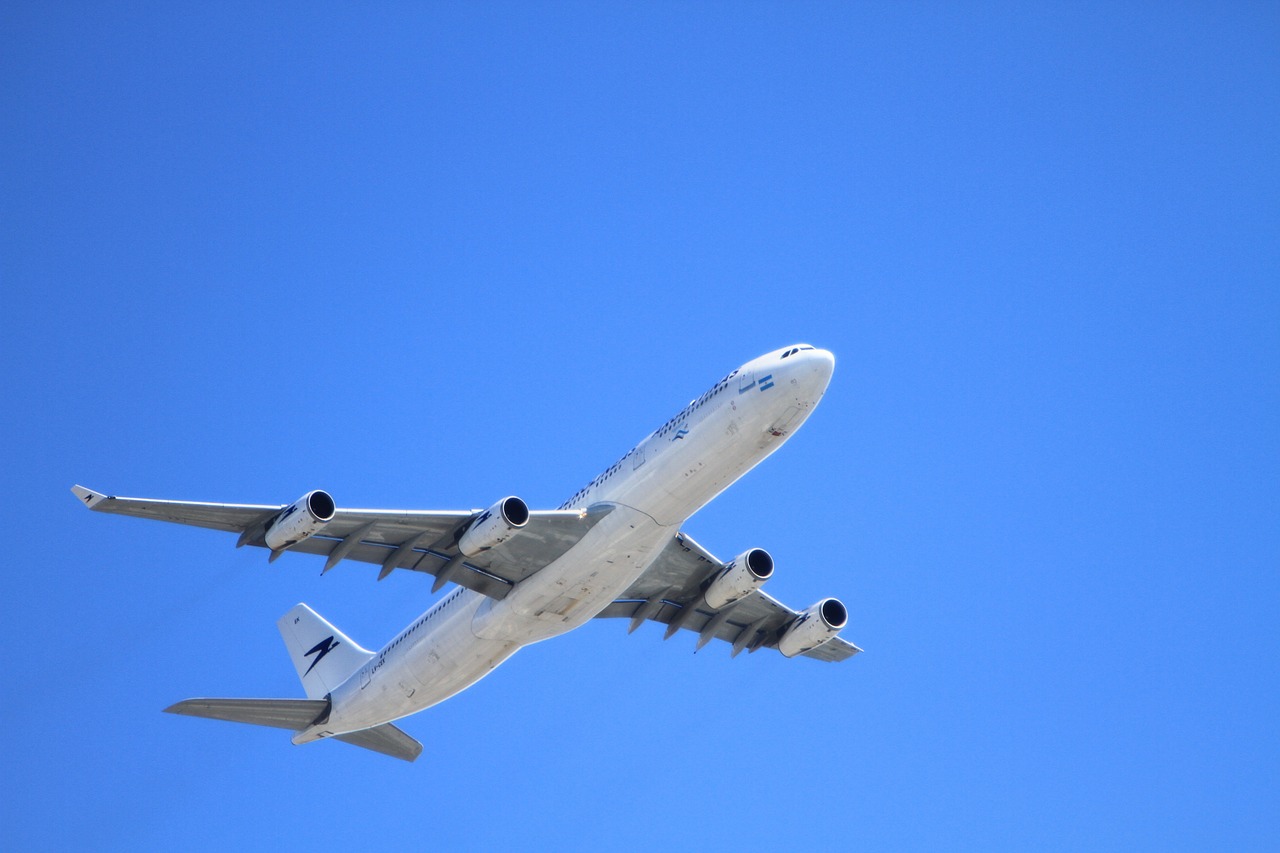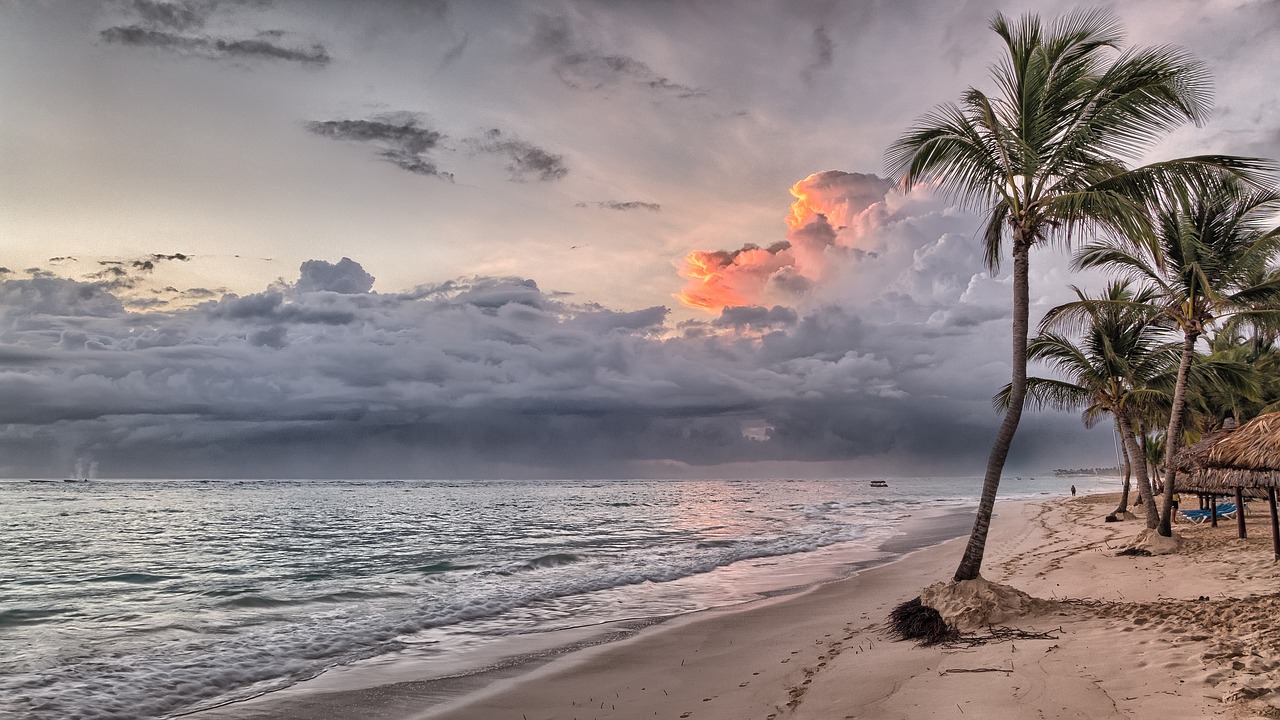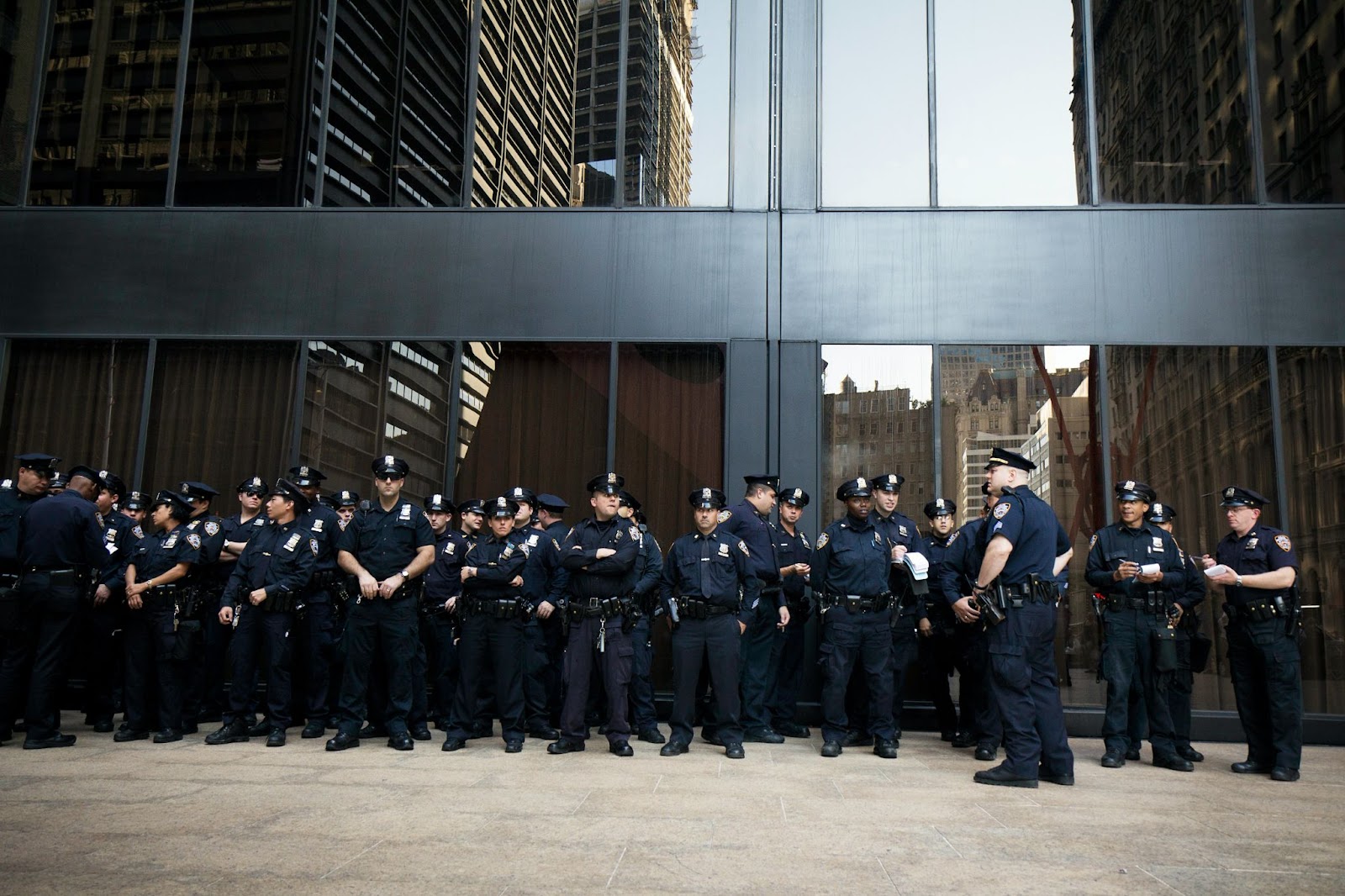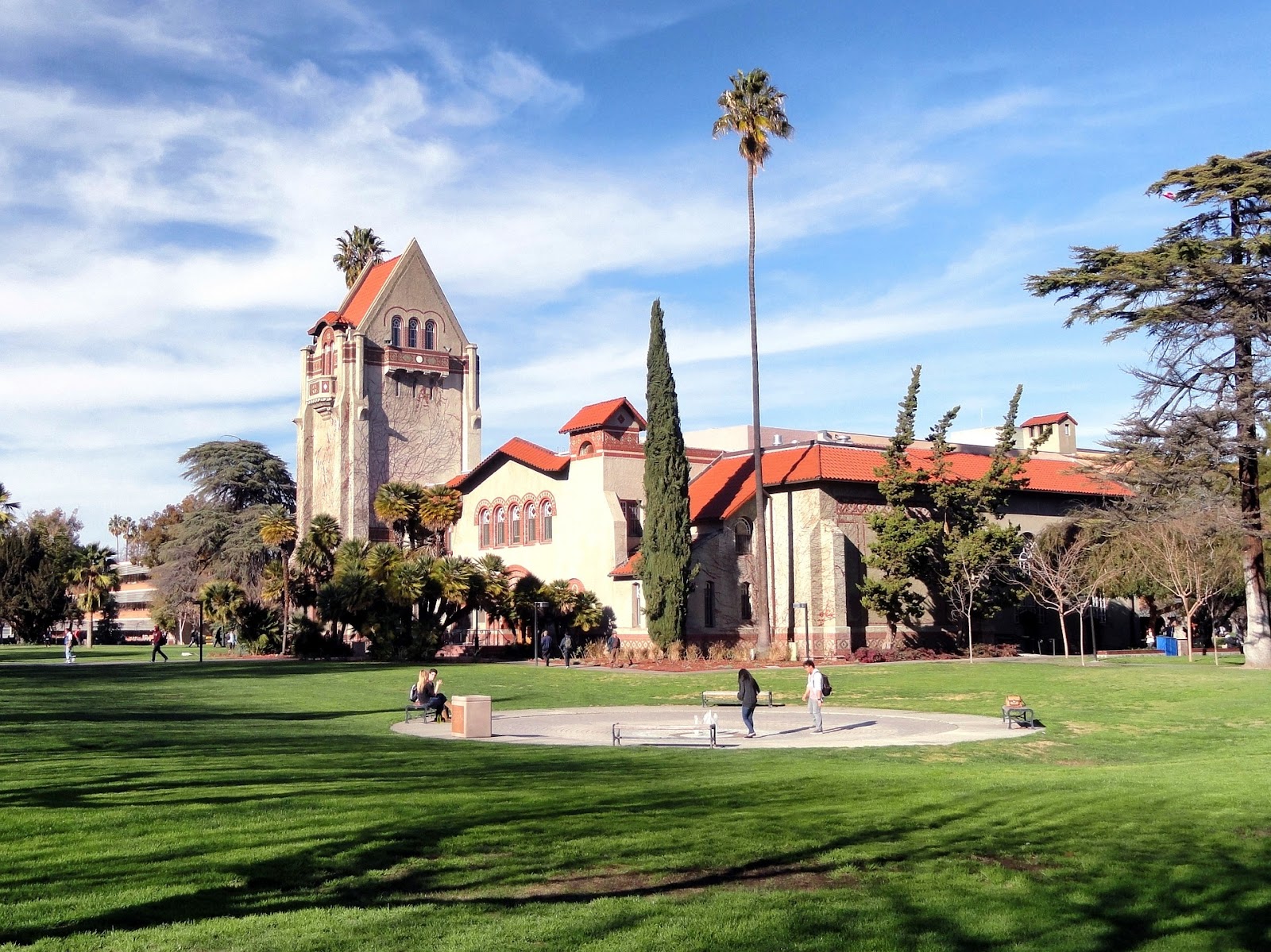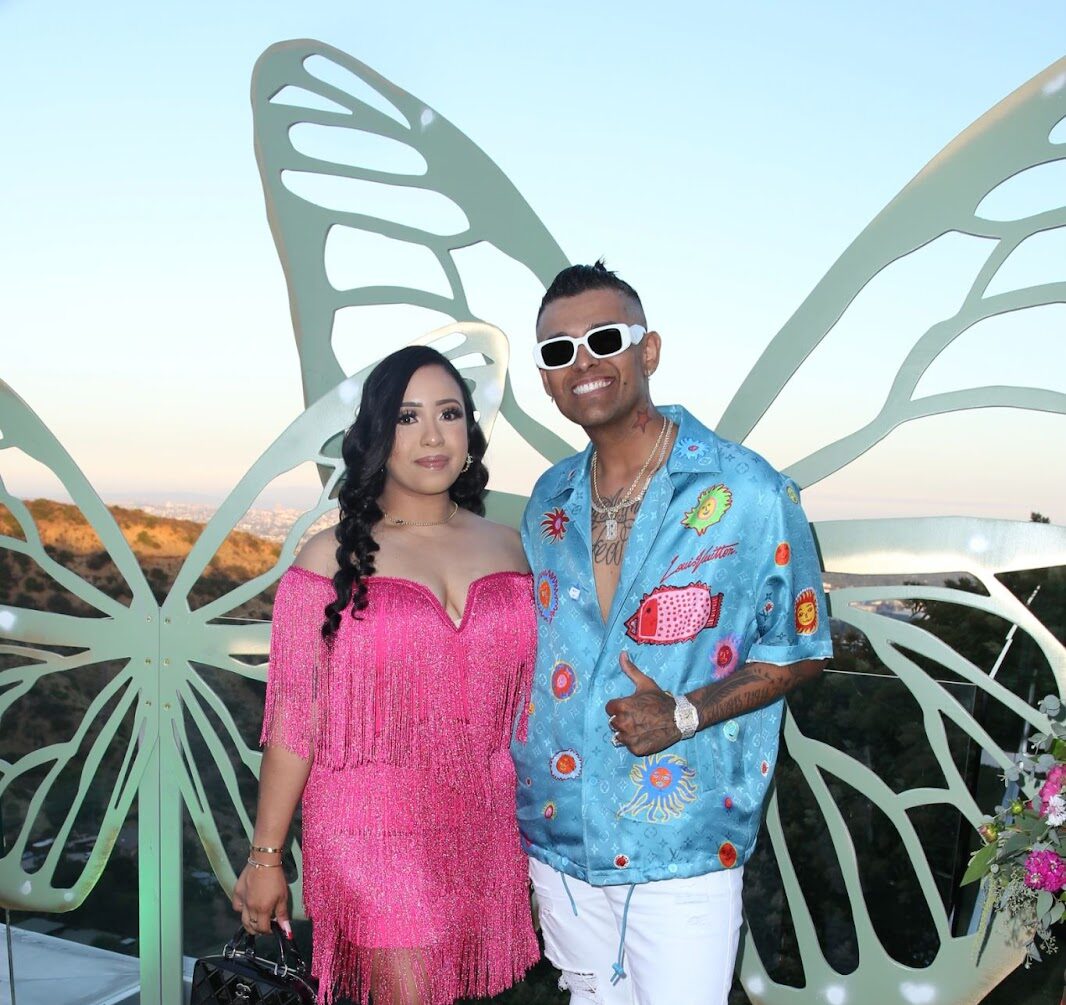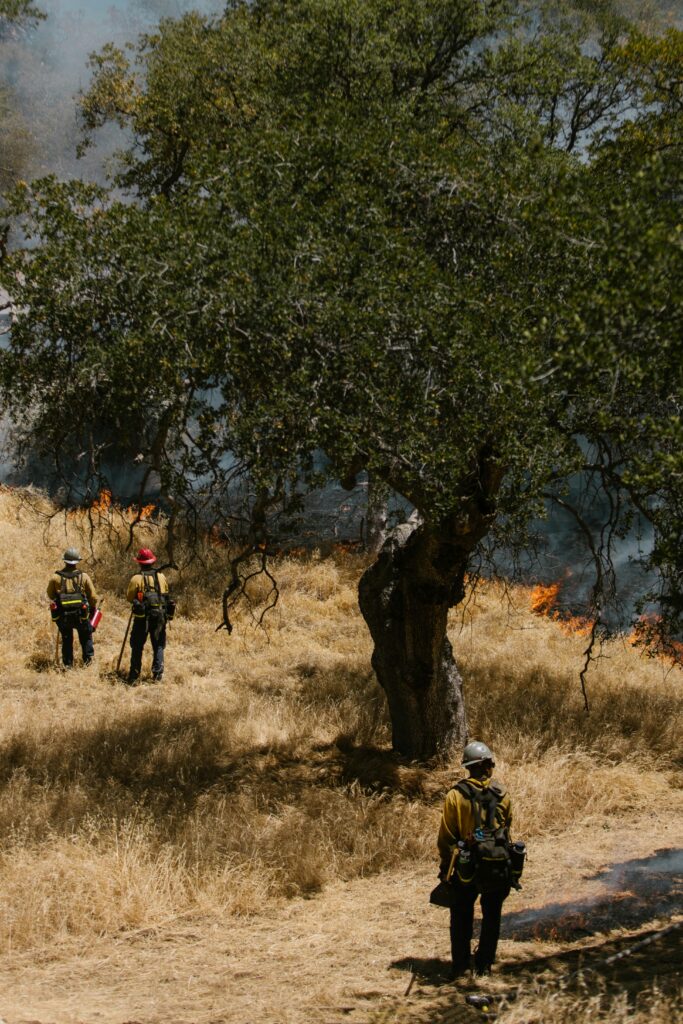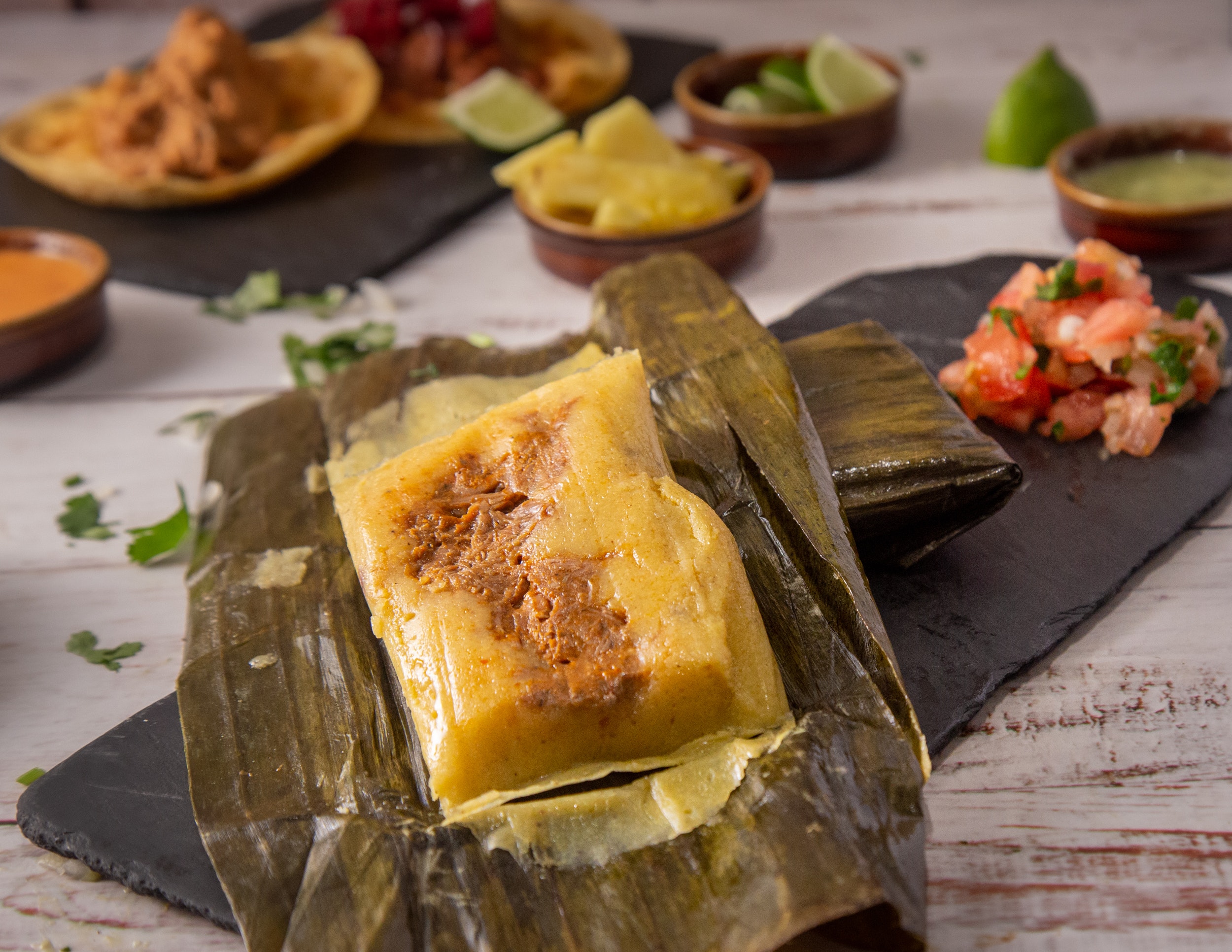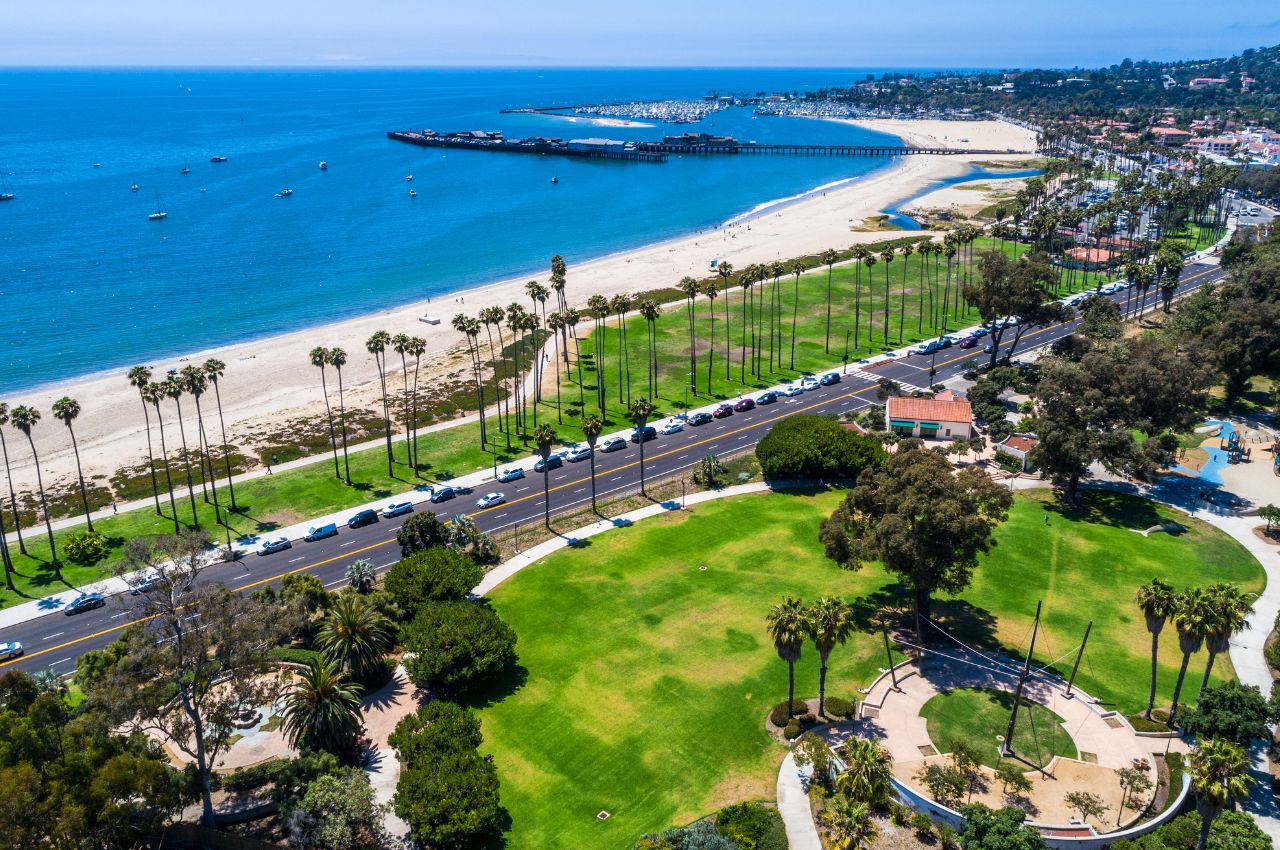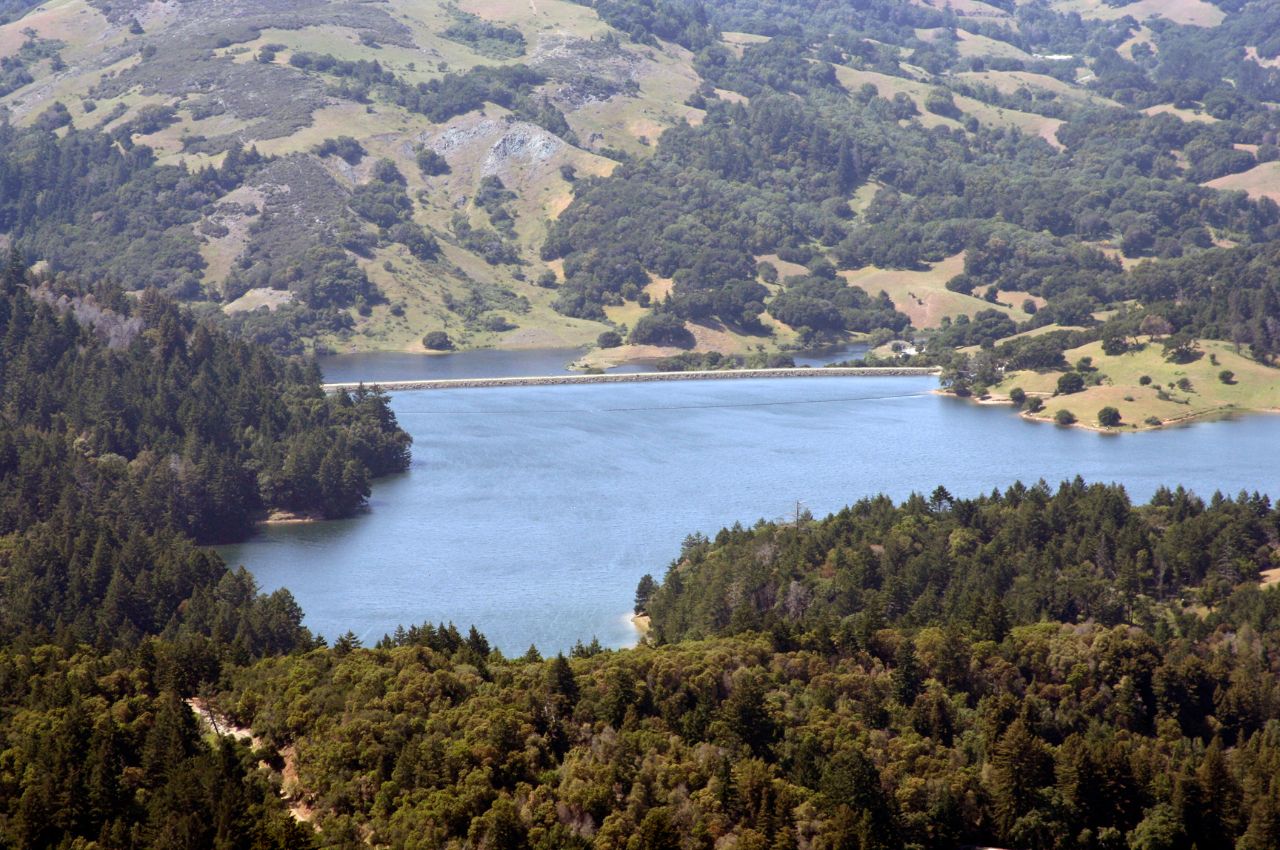In a significant move toward the conservation of one of the most iconic species of birds in North America, the Los Angeles Zoo has proudly announced the hatching of five critically endangered California condor chicks. According to Zoo officials, welcoming these hatchlings has marked the beginning of a fruitful breeding season for this imperiled species.
January 2024 marked the beginning for these condor hatchlings when the first egg was laid. The anticipation further culminated on March 1 with the arrival of the inaugural hatchling. Over the subsequent two weeks, four more condor chicks emerged which signified a promising start to the breeding season.
Mike Clark, a devoted condor keeper at the Los Angeles Zoo, applauded the current breeding season, describing it as “epic.” He also highlighted the exceptional fertility observed in the eggs. With the expectation of four to five additional eggs before the season ends, the optimism is rising higher, further fueling the zoo’s efforts.
The arrival of these hatchlings is not just luck but a milestone that reflects meticulous conservation efforts. The Los Angeles Zoo participated actively in the California Condor Recovery Program, a collaborative endeavor with the United States Fish and Wildlife Service which is aimed at safeguarding the largest bird of North America from extinction. With fewer than 350 California condors remaining in the wild, the Condor Recovery Program has assumed paramount importance in strengthening the dwindling numbers.
All hatchlings bred within the confines of the L.A. Zoo will be potential candidates for release into their native habitats. This initiative reflects the institution’s commitment to restoring this endangered species. Jake Owens, Director of Conservation at the Los Angeles Zoo, emphasized the integral role played by the California Condor Recovery Program within their Conservation Strategic Plan. He also highlighted the zoo’s proven track record spanning three decades in nurturing and preparing condors for successful reintegration into the wild.
While the California condors are not currently on public display at the L.A. Zoo, opportunities to engage with these majestic birds still exist through condor spotting events. Notably, Hope, a non-releasable California condor, is a focal point during selected events and demonstrations. Through such events, Hope is offering visitors a glimpse into the magnificence of this species.
Characterized by impressive physical attributes, including wingspans of up to 9.5 feet and towering statures reaching 3 feet, California condors exemplify the grandeur of nature’s creation. Yet, their existence is on the brink of jeopardy due to threats such as pesticide exposure, micro trash ingestion, and lead poisoning from bullet fragments.
Historically, California condors have graced the skies of North America for over 11,000 years. By 1982, their population had dwindled to a mere 22, marking their perilous decline over the following years. Lead poisoning emerged as a primary cause behind the declining population of condors, compelling conservationists to intervene.
In 1987, the last wild condor was removed from its natural habitat, as part of a concerted effort spearheaded by the U.S. Fish and Wildlife Service in collaboration with the Los Angeles Zoo and the San Diego Zoo. Through rigorous breeding and reintroduction initiatives, the captive population burgeoned to over 500 birds. This initiative became a ray of hope for resurgence.
The conservation of California condors epitomizes the intersection of human intervention and environmental stewardship. It also marks the triumph of collective dedication and perseverance. As these hatchlings unfurl their wings, they also pave the way for a future where the skies once again teem with the silhouette of these majestic condors.






















